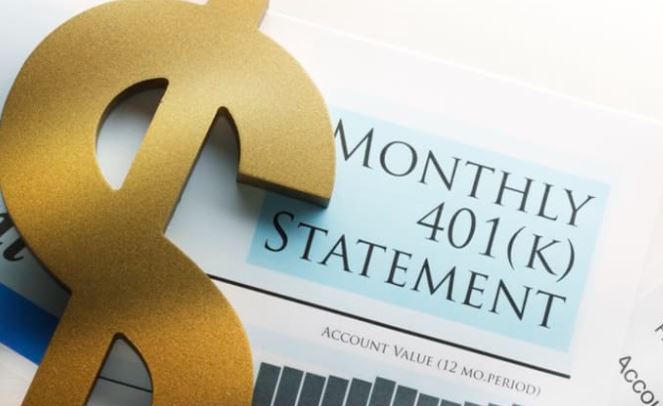A positive move: fund fees dropped significantly in recent years
The U.S. Department of Labor (DOL) requires 401(k) retirement plans to provide participants with information on the fees charged for plan administration and investment-fund management, as even small fees can significantly reduce retirement savings over the long term. The Government Accountability Office (GAO), however, found that 40 percent of 401(k) participants don’t fully understand fee information.
The report, 401(k) Retirement Plans: Many Participants Do Not Understand Fee Information, but DOL Could Take Additional Steps to Help Them, assessed participants’ understanding of several large plan fee disclosures and other information about fees. The GAO found that large percentages of participants:
- Were not able to use the information given in disclosures to determine the cost of their investment-fund fees (45 percent).
- Incorrectly believed they do not pay any 401(k) plan fees (41 percent).
Lack of Fee Benchmarks
DOL regulations require that disclosures present fee information in a format that helps participants compare investment options. However, disclosures are not required to include certain information, such as benchmarks for fund fees and ticker information—the unique identifying symbols used for many popular types of investments—that could be helpful for participants in comparing fund fees, the GAO reported.
“Fee benchmarks can help participants to assess an investment option’s value, not only relative to other in-plan options but to options outside the plan,” the GAO said. “Ticker information can help participants identify many plan investments online to evaluate and compare them to options outside the plan.”
By requiring such information in disclosures, the “DOL could help participants better understand and compare their 401(k) plan fees when making investment choices that affect their retirement security,” the GAO reported.
DOL Actions Sought
To help participants understand and compare plan and fund fees, the GAO recommended that the DOL take five specific actions:
- Require consistent terms and measures for investment fees in fee disclosures.
- Show the actual cost of the investment fees a participant pays in participants’ individualized quarterly statements.
- Discuss the cumulative effect of fees over time in educational information.
- Require disclosures to include fee benchmarks that could help participants better gauge if their investment costs are competitive.
- Require disclosures to include an investment option’s ticker information, which could help participants more easily research and compare their investments.
A Congressional Push
The leaders of the House Education and Labor Committee and the Senate Committee on Health, Education, Labor, and Pensions (HELP) had requested that the GAO examine how well participants can understand and use the fee disclosures.
Rep. Robert C. “Bobby” Scott, D-Va., chairman of the House Education and Labor Committee, called the GAO’s findings “a wake-up call for the Department of Labor and for consumers who have 401(k) plans.” He said the report “is clear evidence that the Department of Labor should require plan providers to make fee disclosures easier to understand and ensure that participants are fully informed about how these fees impact their savings.”
Sen. Patty Murray, D-Wash., who chairs the Senate HELP Committee, noted, “People making decisions that will affect their financial security for years to come need to have clear, complete, information. This report is a clear warning this simply isn’t happening with respect to fees for 401(k) plans, which millions of people are relying on for their financial futures.”
Some plan advisors, however, think the focus of fees has become overblown. “You can’t simply compare fees in an absolute manner,” wrote Christopher Carosa, chief contributing editor at FiduciaryNews.com. “What’s ‘too high’ in one situation may be ‘just right’ in another,” he added. “From the plan sponsor’s perspective, the ‘right fee for the right value’ represents a very broad window of acceptability.”
Added Carosa, “Nobody wants to test the limit of reasonableness, so the safest thing is to stay within a fairly common range. Still, it’s a wide range because plans can be widely different.”
If high fund fees are a problem, the situation seems to be improving. According to an August 2021 report by investment-fund data provider Morningstar, “The average expense ratio paid by fund investors is half of what it was two decades ago. Between 2000 and 2020, the asset-weighted average fee fell to 0.41 percent from 0.93 percent. Investors have saved billions as a result.”
Nevertheless, plan sponsors have frequently faced participant lawsuits claiming the plan and fund fees were too high and “plaintiff law firms continue to file excessive fee lawsuits at a record pace,” according to a recent blog post by Euclid Specialty, a provider of fiduciary liability insurance.
Euclid advised plan sponsors that the best defense to reduce the chance of being targeted in a lawsuit is by:
- Offering only the lowest-cost institutional share class investments for mutual funds in the plan.
- Offering primarily index fund options rather than more expensive actively managed funds, particularly for the target-date suite of funds.
- Requiring the plan sponsor to pay all record-keeping fees or ensuring that plan record-keeping fees are on a low, flat, per-participant structure that does not increase as plan assets grow.
- Sending out requests for proposals to rebid plan services on a regular basis, but at least once every three years.
